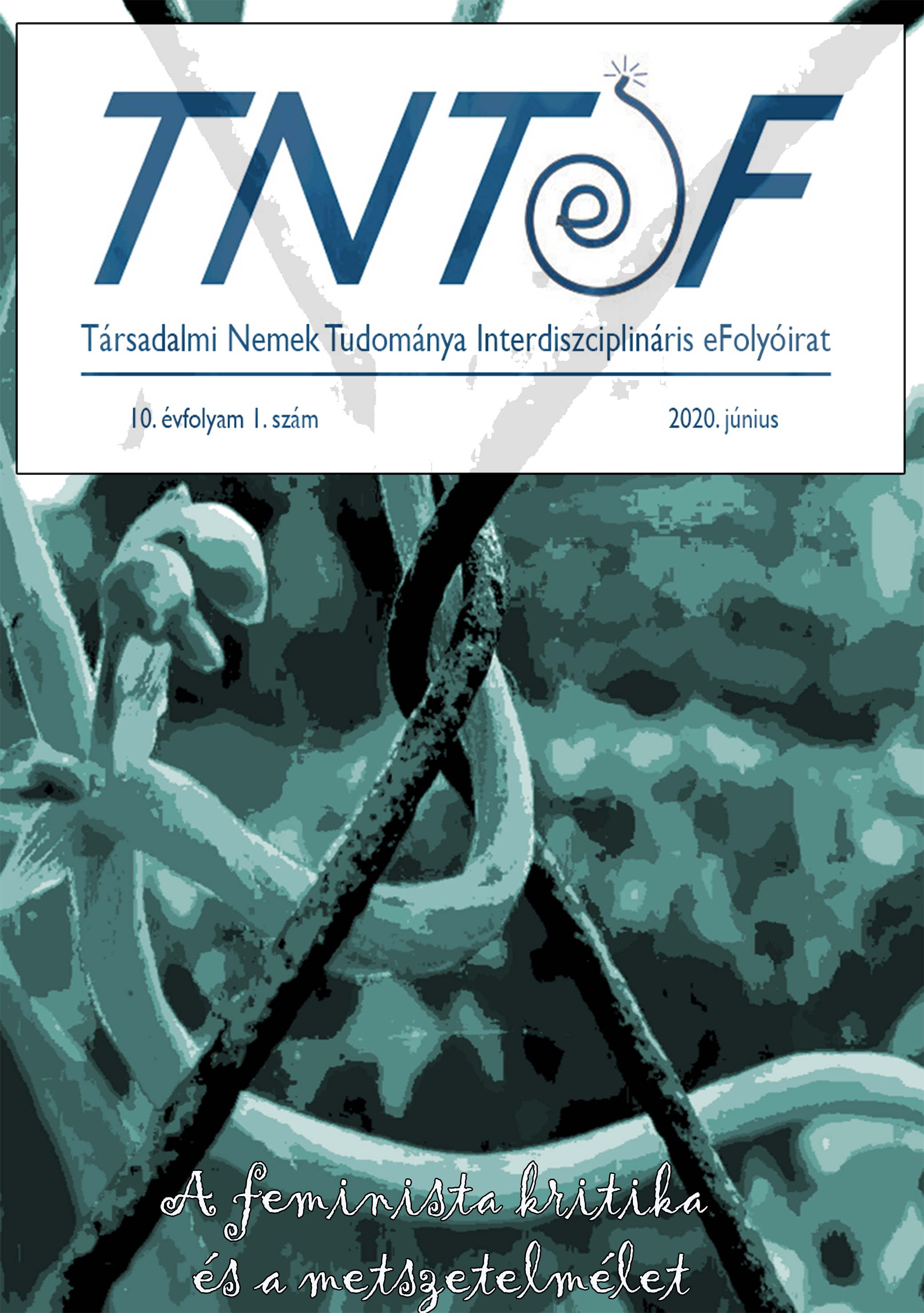Intersectionality and Local Identity in the Novels of Hungarian Women Writers on Transylvania after the First World War Irén Gulácsy’s novel, Hamueső (‘Rain of Ashes’)
Main Article Content
Abstract
The study seeks to explain why Hungarian women writers, who were involved in the anthologies reflecting on the Treaty of Trianon after the defeat of the Austro-Hungarian Monarchy in World War I, have been excluded from the literary public sphere by the beginning of the twenty-first century. The article presents the contemporaneous Hungarian reception of Irén Gulácsy's novel Hamueső (’Ash Rain’), which is set between 1919 and 1924 in Mezőség (the Transylvanian Plain) annexed to Romania in 1920. Reviews on the book that was published in 1925 confirm that the writer’s perspective who reacted to the post-World War I social and political situation in the Transylvanian Plain differed from the views of renowned Hungarian male writers and critics, which thwarted a thorough understanding of the major theme and significance of the novel. Outlining the historical background, the study highlights that the theme of Gulácsy's work is the idea of political Transylvanism, i.e., an autonomous Transylvania within Romania with Hungarian, Romanian and Saxon populations, as opposed to the ideology and irredentism that prevailed in Hungary in the 1920s. The paper uses the theory of intersectionality developed by Kimberlé Crenshaw, according to which the connection between gender, ethnicity, and class status creates an intersection point that indicates the degree of subordination and vulnerability of individuals and may hinder their access to better living conditions. By depicting the changing intersectional position of Gulácsy's characters, the article shows that the erosion of the social layer of the Hungarian-born Transylvanian civil servants began before the ratification of the Trianon Peace Treaty, thus accelerating the disappearance of the Hungarian middle class (population) in Transylvania. Besides intersectionality, Gulácsy exploited the possibilities of depicting local identity, mainly by using the method of literary onomastics. Despite the decisive Royal Romanian – Transylvanian Romanian contrast between the characters presented in the work, Gulácsy tried to soften ethnic prejudices by obscuring the family names and exact local identities of the characters, and to strengthen the tolerant view that right or wrong actions are not characteristics of ethnic groups, but can only be linked to individuals.

